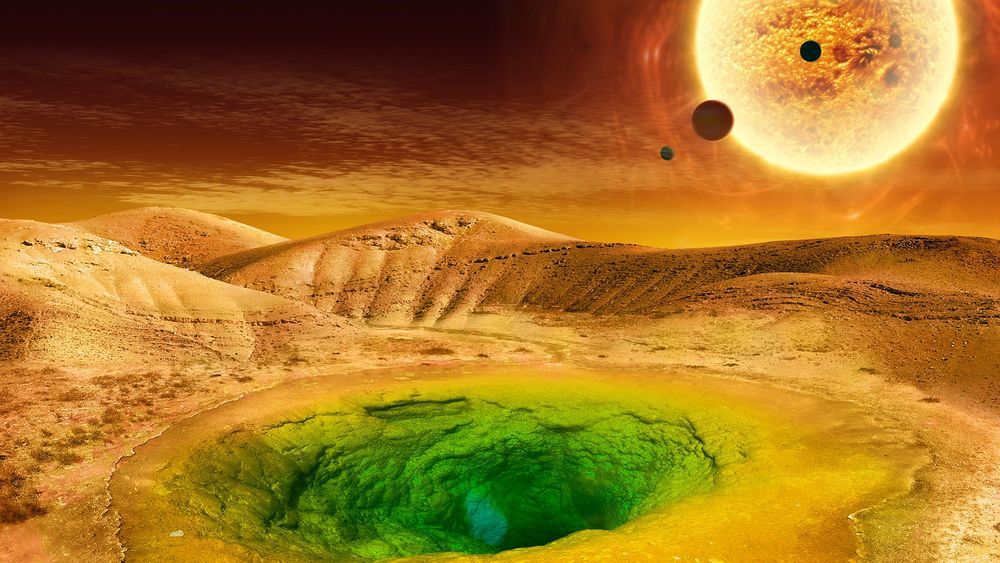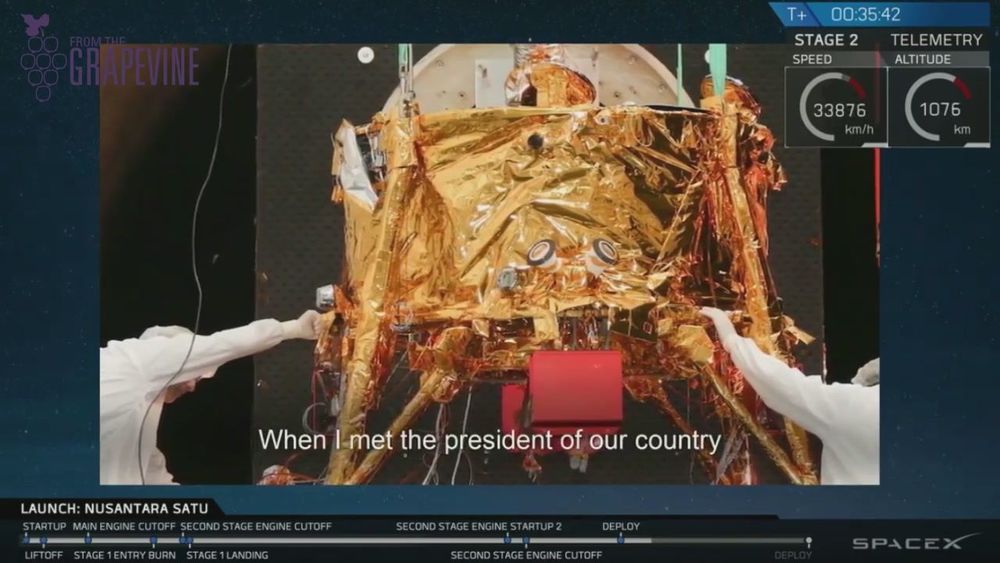Feb 22, 2019
New NASA Team Tackles Next Challenges in Detecting Life Beyond Earth
Posted by James Christian Smith in category: space
The question, “Are we alone?” has been a subject of speculation for centuries. The answer may soon lie within the grasp of science.
Decades of research have led scientists to look deeply into the nature of life itself — what it is, how it began on Earth, and what other worlds might also support it. A shift in focus is now emerging as scientists recognize that with a strategic push the possibility of detecting life beyond Earth could be on the horizon.
To support NASA’s growing emphasis on detecting life beyond Earth, NASA’s Ames Research Center in California’s Silicon Valley has established the Center for Life Detection Science. CLDS brings together a diverse group of researchers at Ames and NASA’s Goddard Space Flight Center in Greenbelt, Maryland to tackle the next set of challenges science must overcome to be able to one day detect life beyond Earth.
Continue reading “New NASA Team Tackles Next Challenges in Detecting Life Beyond Earth” »






 The only photo of a Concorde flying at Mach 2 taken by Adrian Meredith from an RAF Tornado attack fighter over the Irish Sea in April 1985.
The only photo of a Concorde flying at Mach 2 taken by Adrian Meredith from an RAF Tornado attack fighter over the Irish Sea in April 1985.










